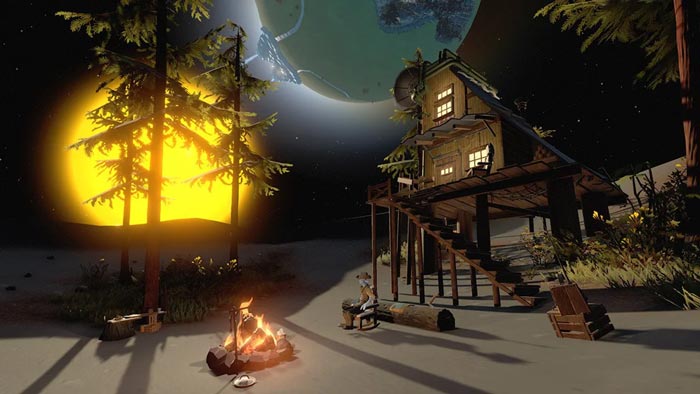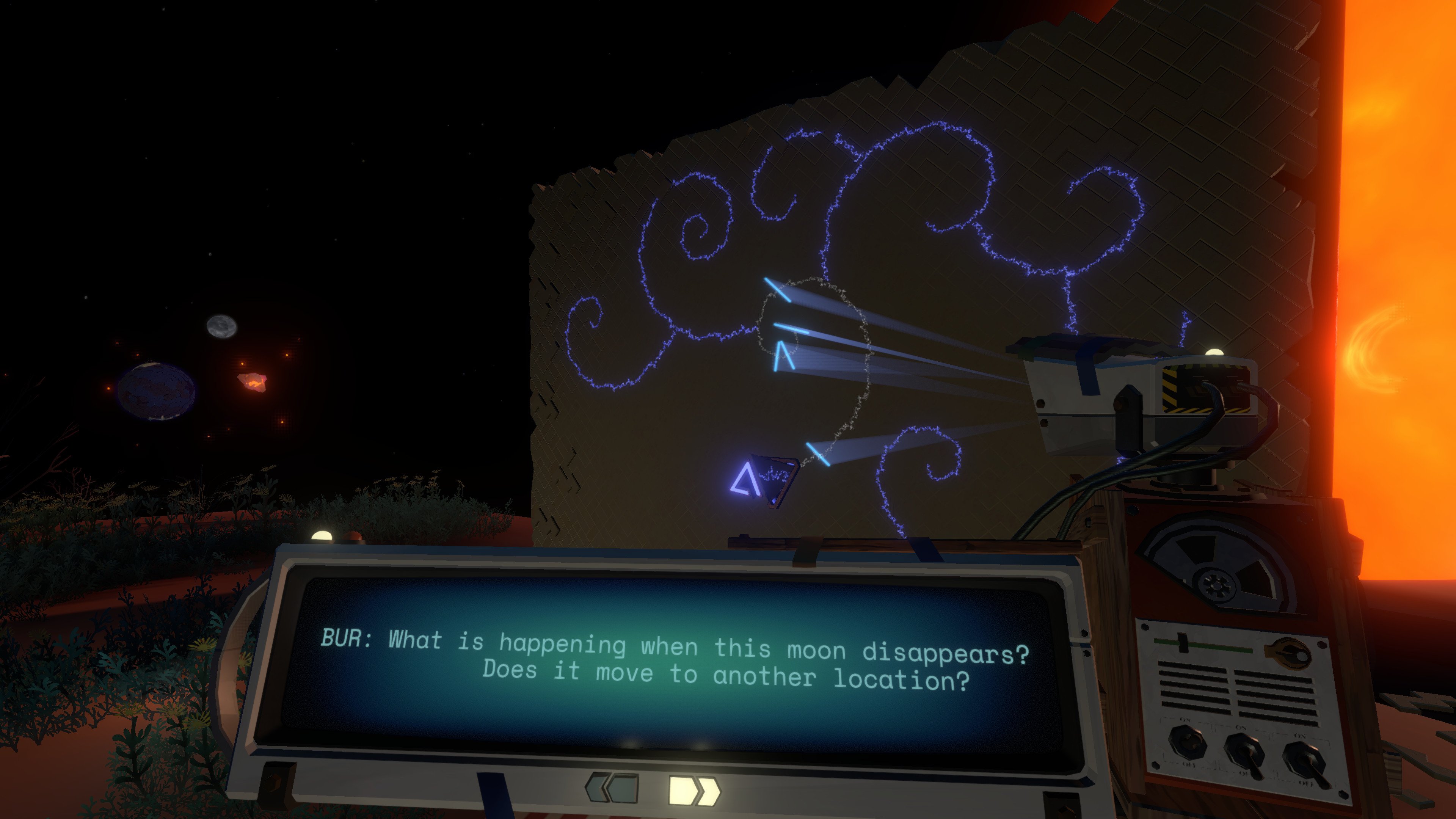

Given the affinities between time loop games and roguelikes, naturally you’d suppose the latter to have an analogous issue with repetition. It might seem that the problem is not unique to time loop games. After a while, the comfortable familiarity of climbing into my rickety wooden spaceship and cruising through the arresting sights of the solar system turned to resentment and then anxiety that I might mess up another run and have to do it again. Assuming that I needed most of the game’s 22-minute time loop, each failure required a full restart of the loop.

For instance, even after I had figured out exactly what I needed to do to get past the giant predatory Anglerfish in Outer Wilds’ Dark Bramble, it still took me several attempts to get it right. The problem is exacerbated by the fact that many playthroughs of these games won’t be flawless, raising the number of repetitions and the possibility of boredom. Twelve Minutes, for all the intriguing backstories of its characters, eventually became an unpleasant cycle of home invasions and repeated dialogue. Outer Wilds, despite its meticulously crafted solar system and emphasis on mystery, exploration, translation, and big existential questions, frustrated me with its final few hours in the run-up to the epilogue. The Forgotten City has so far been my favorite game of the year, but even so I grew tired of its time loops towards the end of my eight hours or so with the game. It stands to reason that, if that number is higher than the player’s general tolerance for repeating a task, they will get bored.Īnecdotal as it may be, this bears out in my experience. The problem for time loop games is that, even in the case of a flawless playthrough, there is a minimum number of loops the player has to repeat to get to the ending. Different people get bored by different things at different rates, so attrition when doing repetitive tasks will vary from person to person.

However, as we might also expect, too much repetition leads to boredom.

The psychologist and economist Daniel Kahneman in his bestseller Thinking, Fast and Slow notes that repetition brings a feeling of familiarity and comfort. The trouble is that repetition is a double-edged sword. A time loop attempts to solve this problem by building repetition into the narrative restarting the game becomes part of both the gameplay and the story. If the game has a linear narrative, where the protagonist is ultimately trying to get from A to B, then these gameplay interruptions to the narrative might feel jarring. Most players will inevitably screw up their run through a game, necessitating a reload, respawn, or restart. Time loop games also come closer than more linear titles to solving the perennial problem of ludonarrative dissonance, or the possible tension between the gameplay and the narrative. Indeed, as Returnal demonstrates, time loops and roguelikes may complement each other. It may also be linked to the popularity of roguelikes - games where the player goes back to the start of the game after dying instead of respawning at a checkpoint or loading an earlier save. A repeating loop makes for a longer experience with fewer assets. One reason for this popularity is no doubt due to economies of scale. Deathloop, Twelve Minutes, The Forgotten City, Returnal, Outer Wilds, Minit - to name only a few relatively recent or upcoming titles - all feature time loops. Games based on time loops, where the protagonist is caught in a repeating cycle of events, are having something of a moment.


 0 kommentar(er)
0 kommentar(er)
